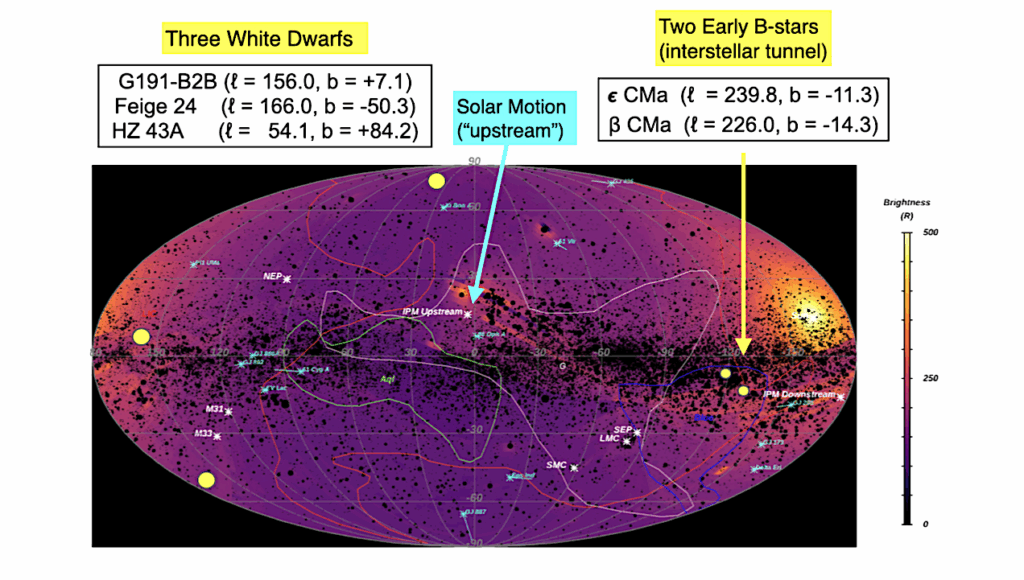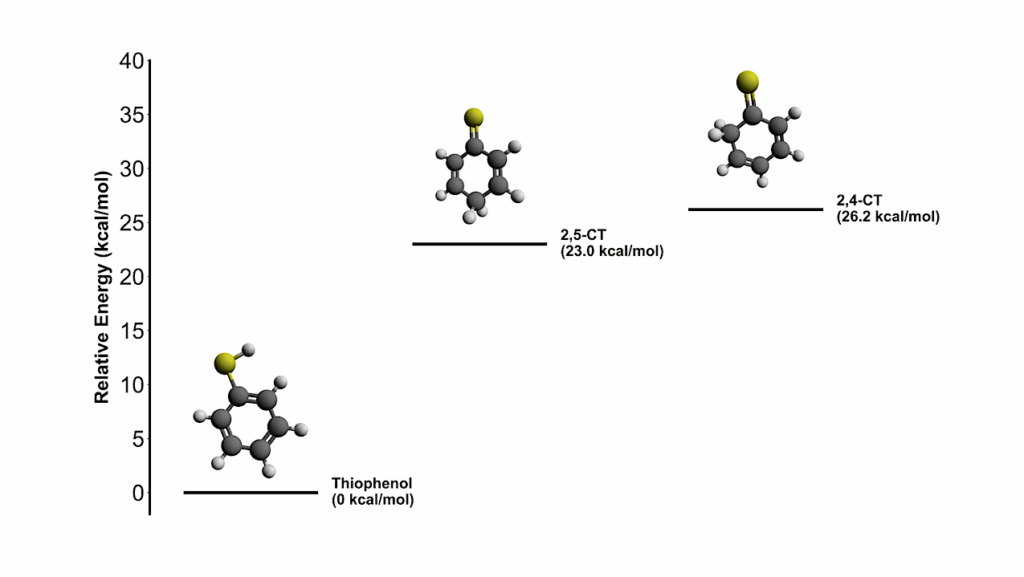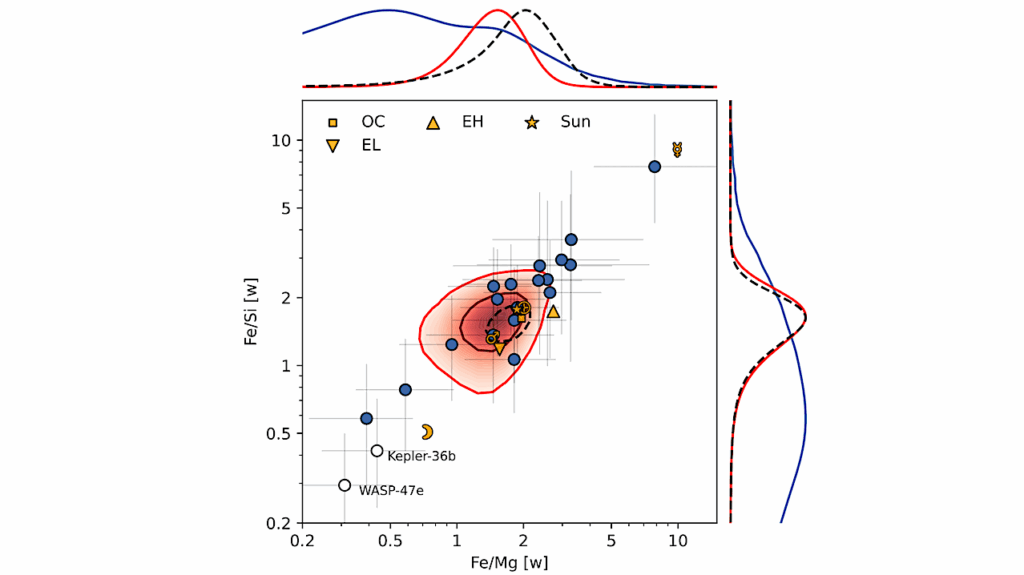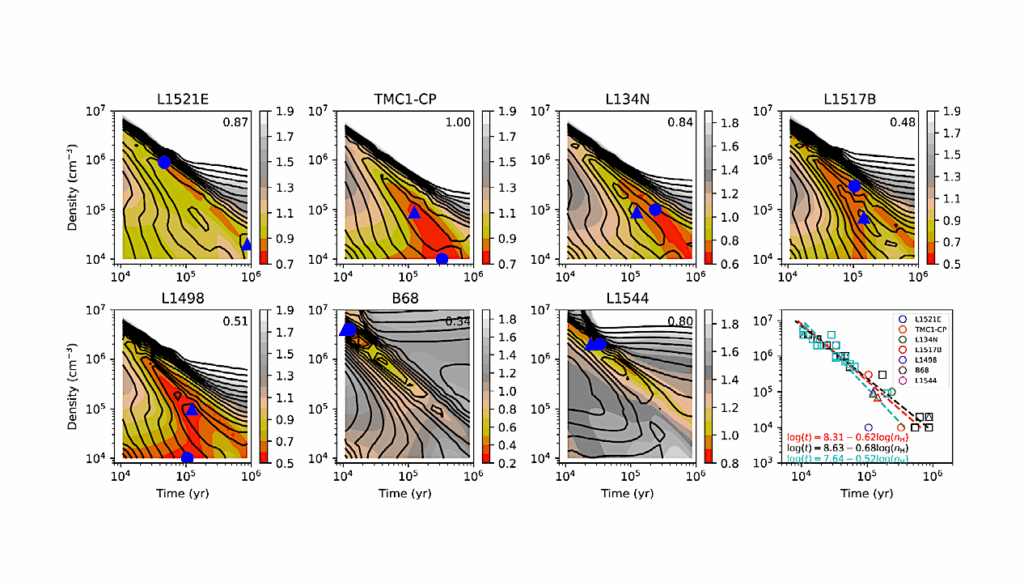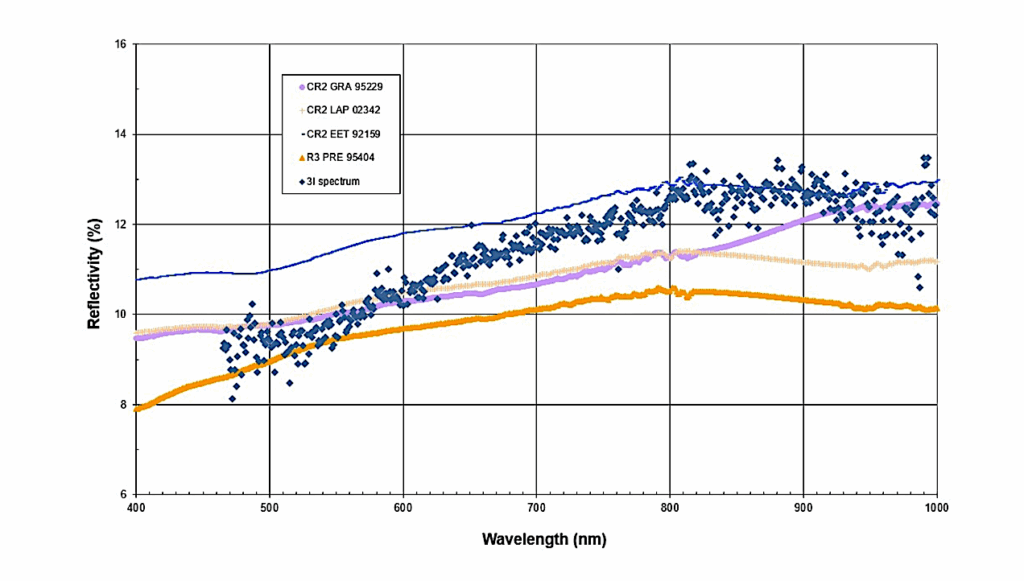The Radius Distribution Of M dwarf-hosted Planets And Its Evolution
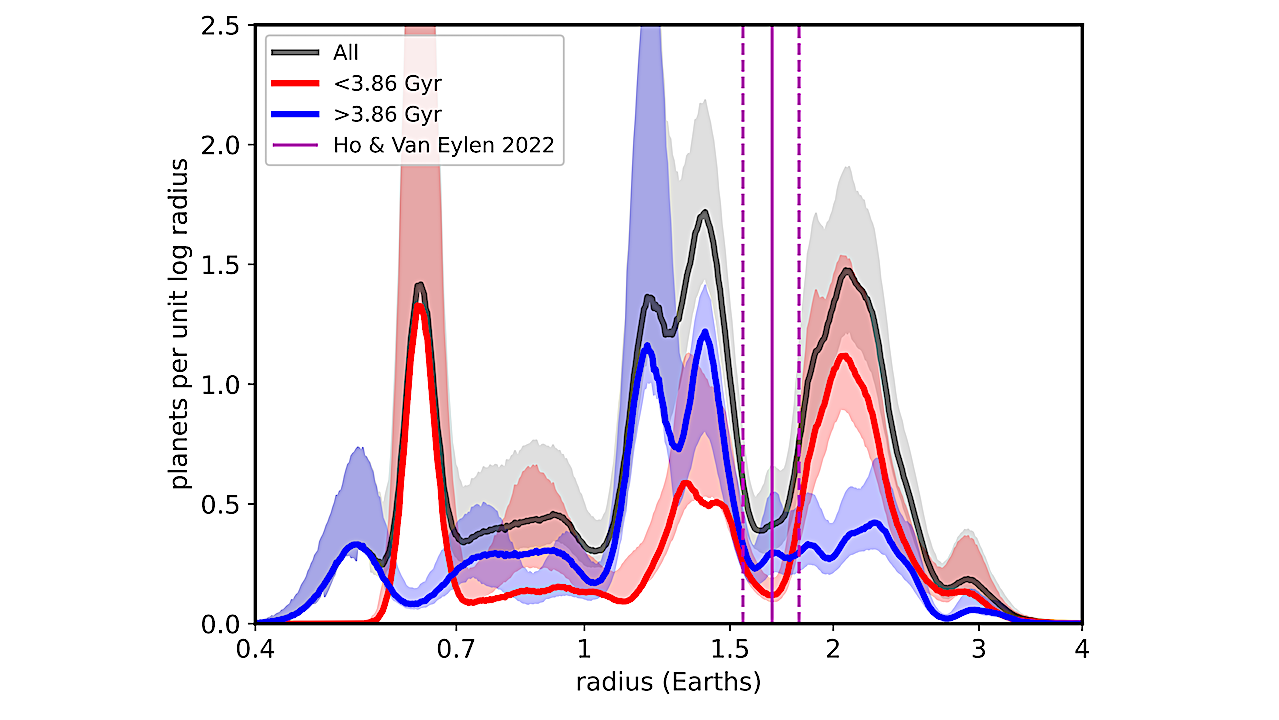
M dwarf stars are not only the most promising hosts for detection and characterization of small and potentially habitable planets, they provide leverage relative to solar-type stars to test models of planet formation and evolution.
Using Gaia astrometry, adaptive optics imaging, and calibrated gyrochronologic relations to estimate stellar properties, filter binaries, and assign ages, we refined the radii of 179 transiting planets orbiting 119 single late K- and early M-type stars detected by the Kepler mission, and assigned stellar rotation-based ages ) to 115 of these.
We constructed the radius distribution of <4R⊕ planets and assessed its evolution with time. As for solar-type stars, the inferred distribution contains distinct populations of “super-Earths” (at ~1.3R⊕) and “sub-Neptunes” (at ~2.2Rearth) separated by a gap or “valley” at ≈1.7R⊕ that has a period dependence that is significantly weaker (power law index of -0.026+0.026−0.017) than for solar-type stars.

Top: Planet radius vs. gychronologic system age. Three possible age cuts for “young” (red) vs. “old” are shown; the median age (solid line), the age at which the difference between the young and old samples is maximized (minimum 𝑝-value from a two-sided Kolmogorov-Smirnov test, dashed lines), and the age which most cleanly separates the two samples (“least ambiguity”, dotted lines) are shown. Bottom: Empirical planet radii distribution for the two alternative sample cuts (to be compared with the distributions in Fig. 2), with young and old samples colored red and blue, respectively, and the line styles matching those in the top panel. — astro-ph.EP
Sub-Neptunes are largely absent at short periods (<2 days) and high irradiance, a feature analogous to the “Neptune desert” observed around solar-type stars. The relative number of sub-Neptunes to super-Earths declines between the younger and older halves of the sample (median age 3.8 Gyr), although the formal significance is low (p=0.06) because of the small sample size.
The decline in sub-Neptunes appears to be more pronounced at long orbital periods vs. short periods; this is not due to detection bias and could indicate that these objects are inflated by a mechanism that operates at elevated irradiance, e.g. a runaway water greenhouse augmented by H/He.
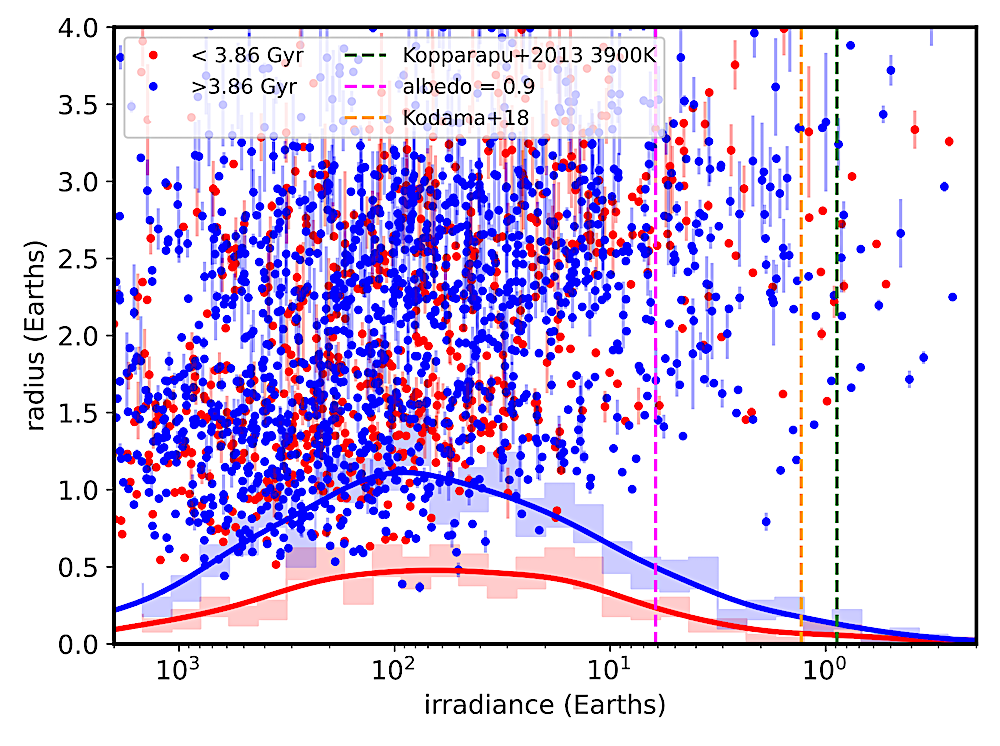
Distributions of planet radius vs. stellar irradiation for systems around solar-type stars with ages that are younger (red points) or older (blue points) than 3.86 Gyr, from Berger et al. (2018). Compare to Fig. 9 for late K and early M-type stars. Here, systematic errors in irradiance are likely larger than counting statistics. — astro-ph.EP
Eric Gaidos, Aleezah Ali, Adam L. Kraus, Jason F. Rowe
Comments: Submitted to MNRAS on 2023 August 12, re-submitted with moderate revisions on 2024 February 12
Subjects: Earth and Planetary Astrophysics (astro-ph.EP)
Cite as: arXiv:2404.11022 [astro-ph.EP] (or arXiv:2404.11022v1 [astro-ph.EP] for this version)
Submission history
From: Eric Gaidos
[v1] Wed, 17 Apr 2024 02:57:31 UTC (305 KB)
https://arxiv.org/abs/2404.11022
Astrobiology


